Submitted by WA Contents
First major exhibition dedicated to Socialist Yugoslav Architecture opened at MoMA
United States Architecture News - Jul 16, 2018 - 15:09 13548 views
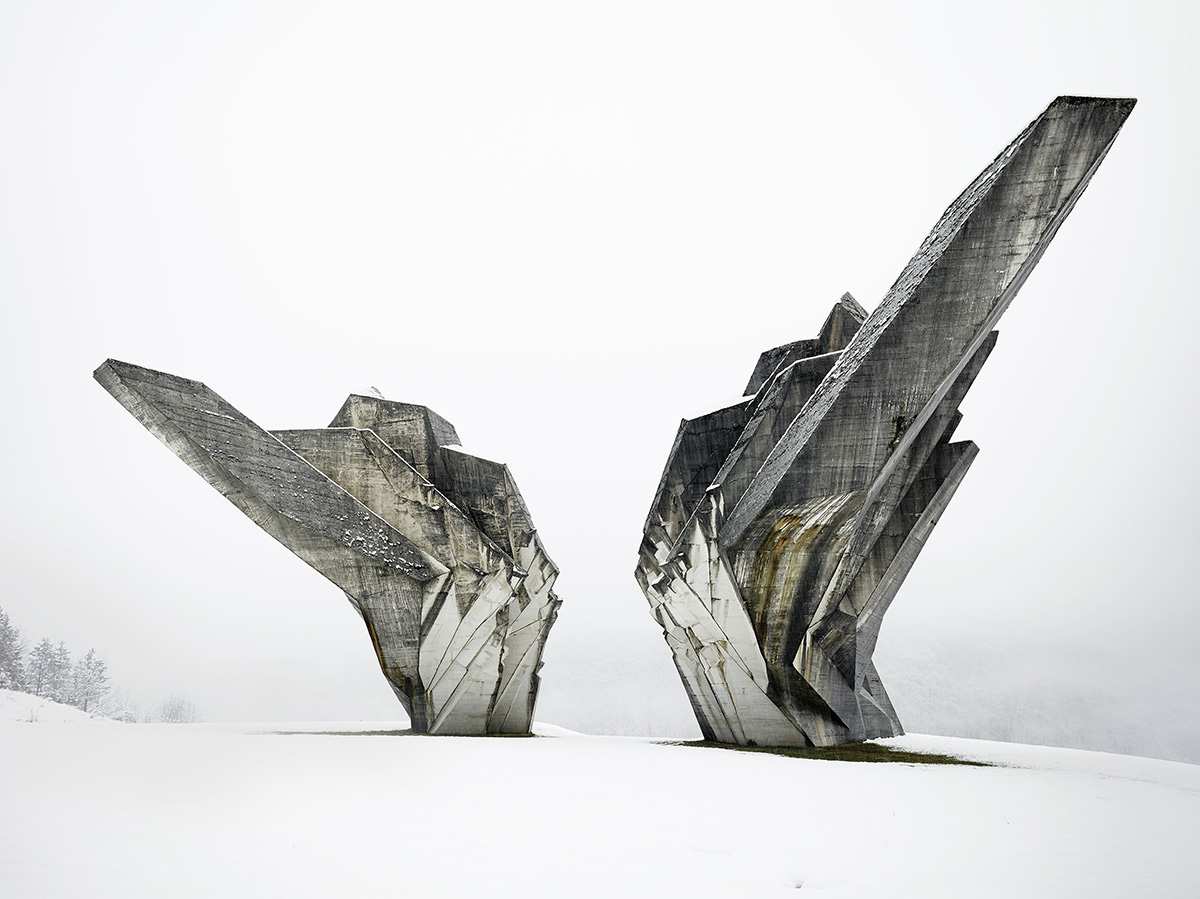
The Museum of Modern Art (MoMA) has brought 400 works together for the first major exhibition dedicated to Socialist Yugoslav Architecture at the Philip Johnson Galleries, MoMA.
Called Toward a Concrete Utopia: Architecture in Yugoslavia, 1948–1980, the largest retrospective has been opened to the public on July 15, 2018 and will be on view till January 13, 2019 on the third floor of the Philip Johnson Galleries.
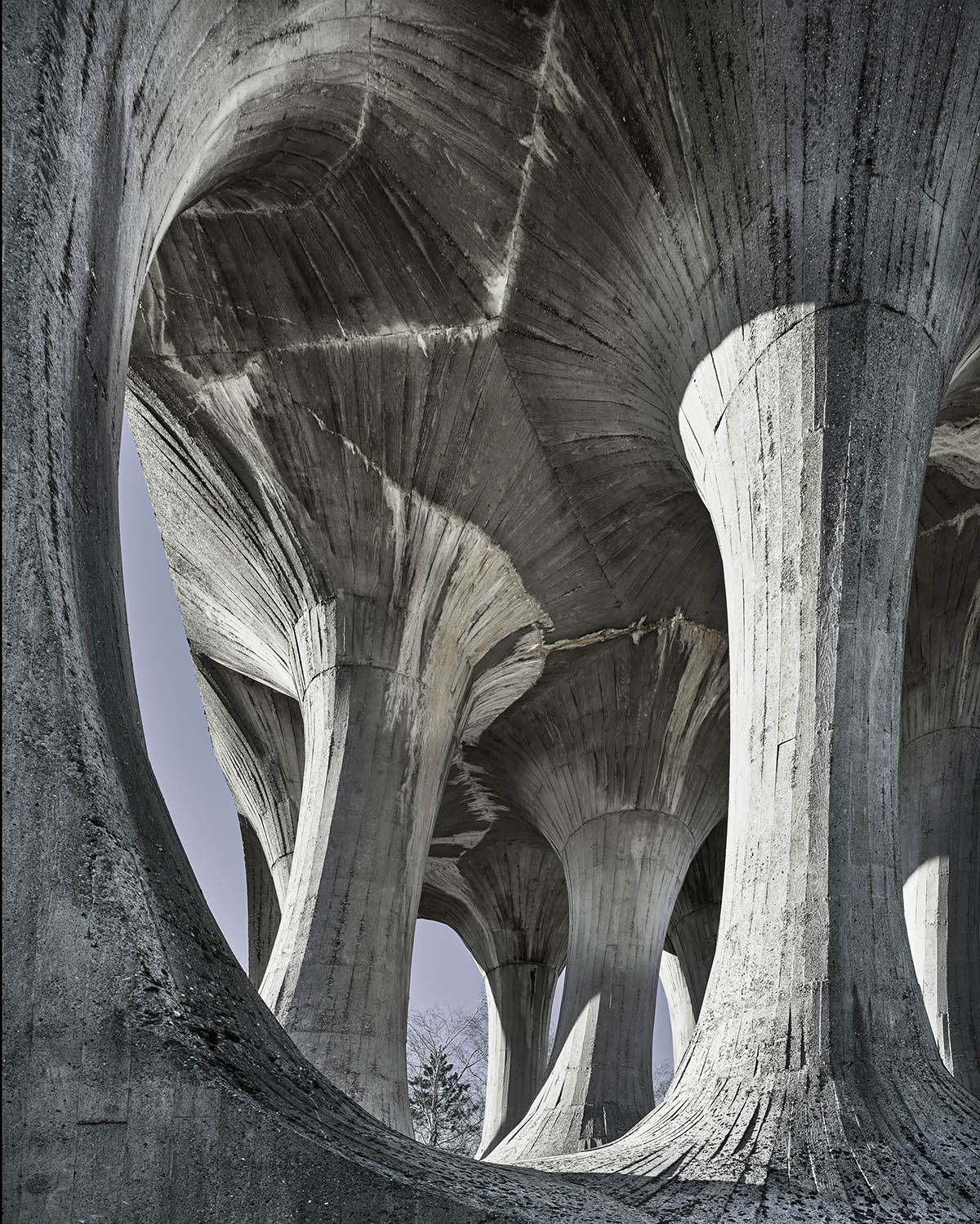
Živa Baraga and Janez Lenassi. Monument to the Fighters Fallen in the People’s Liberation Struggle. 1965. Ilirska Bistrica, Slovenia. Image © Valentin Jeck, commissioned by The Museum of Modern Art, 2016.
The first major US exhibition features the remarkable body of architectural work from Yugoslavia that sparked international interest during the 45 years of the country’s existence.
The exhibition investigates architecture’s capacity to produce a shared civic space and common history in a highly diverse, multi-ethnic society through more than 400 drawings, models, photographs, and film reels culled from an array of municipal archives, family-held collections, and museums across the region.
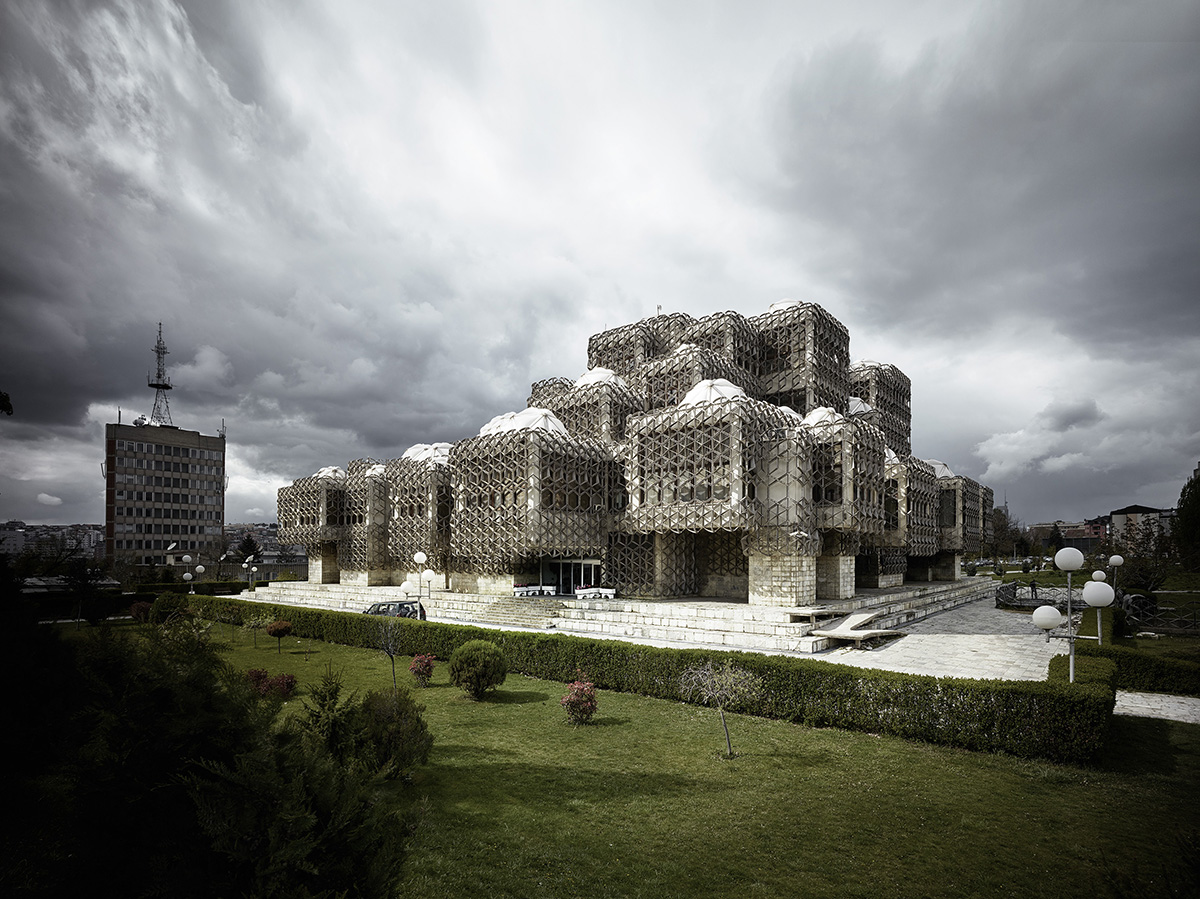
Andrija Mutnjaković. National and University Library of Kosovo. 1971–82. Prishtina, Kosovo. Exterior view. Image © Valentin Jeck, commissioned by The Museum of Modern Art, 2016.
Tasked with constructing a socialist society based on “self-management,” modern architecture was a key instrument in the implementation of a utopian vision in a perpetual state of emergence; many of the featured visionary projects and executed buildings speak to architecture’s aspirational role in terms of both design and social impact.
Toward a Concrete Utopia: Architecture in Yugoslavia, 1948– 1980 is organized by Martino Stierli, The Philip Johnson Chief Curator of Architecture and Design, The Museum of Modern Art, and Vladimir Kulić, Associate Professor, Florida Atlantic University, with Anna Kats, Curatorial Assistant, Department of Architecture and Design, The Museum of Modern Art.
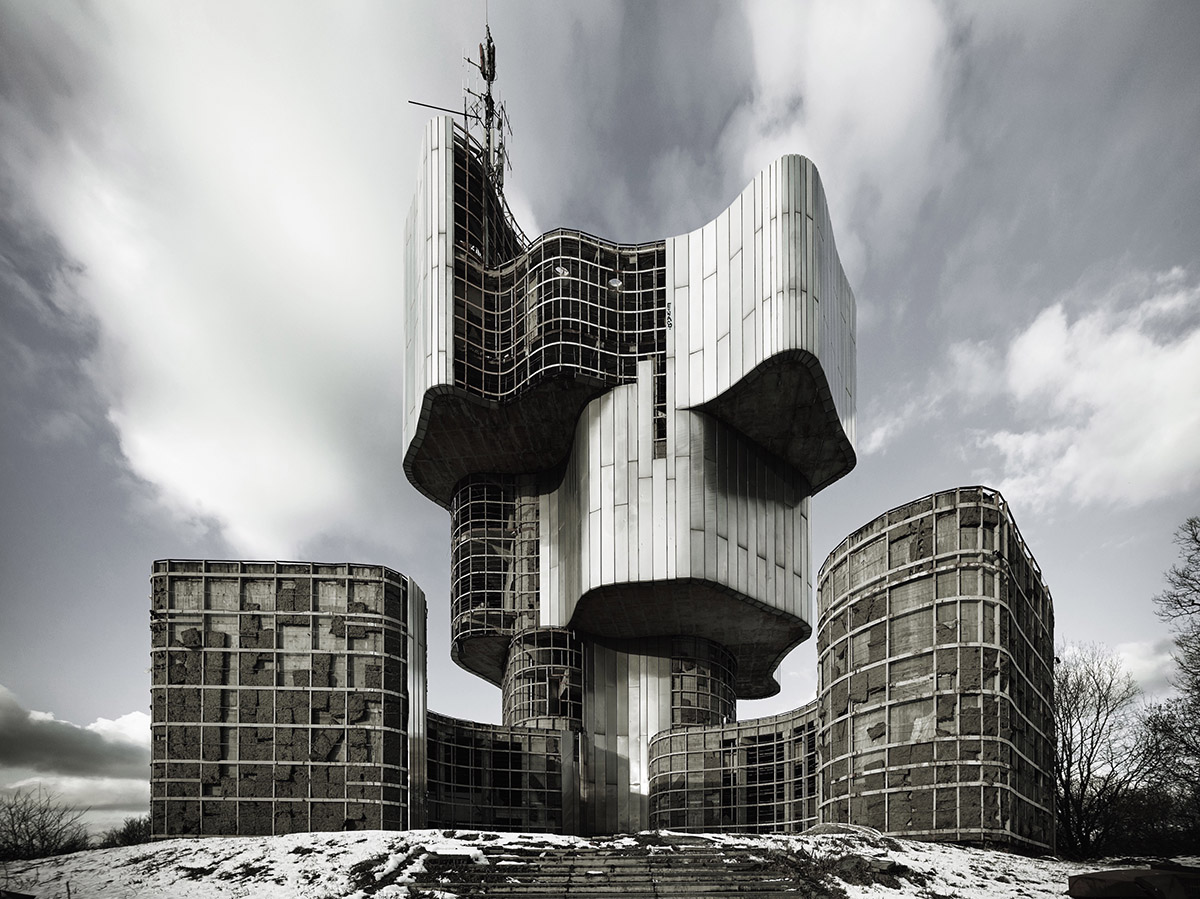
Berislav Šerbetić and Vojin Bakić. Monument to the Uprising of the People of Kordun and Banija. 1979–81. Petrova Gora, Croatia. Exterior view. Image © Valentin Jeck, commissioned by The Museum of Modern Art, 2016.
With galleries dedicated to Modernization, Global Networks, Everyday Life, and Identities, the exhibition explores themes of large-scale urbanization, technological experimentation and its application in everyday life, consumerism, monuments and memorialization, and the global reach of Yugoslav architecture.
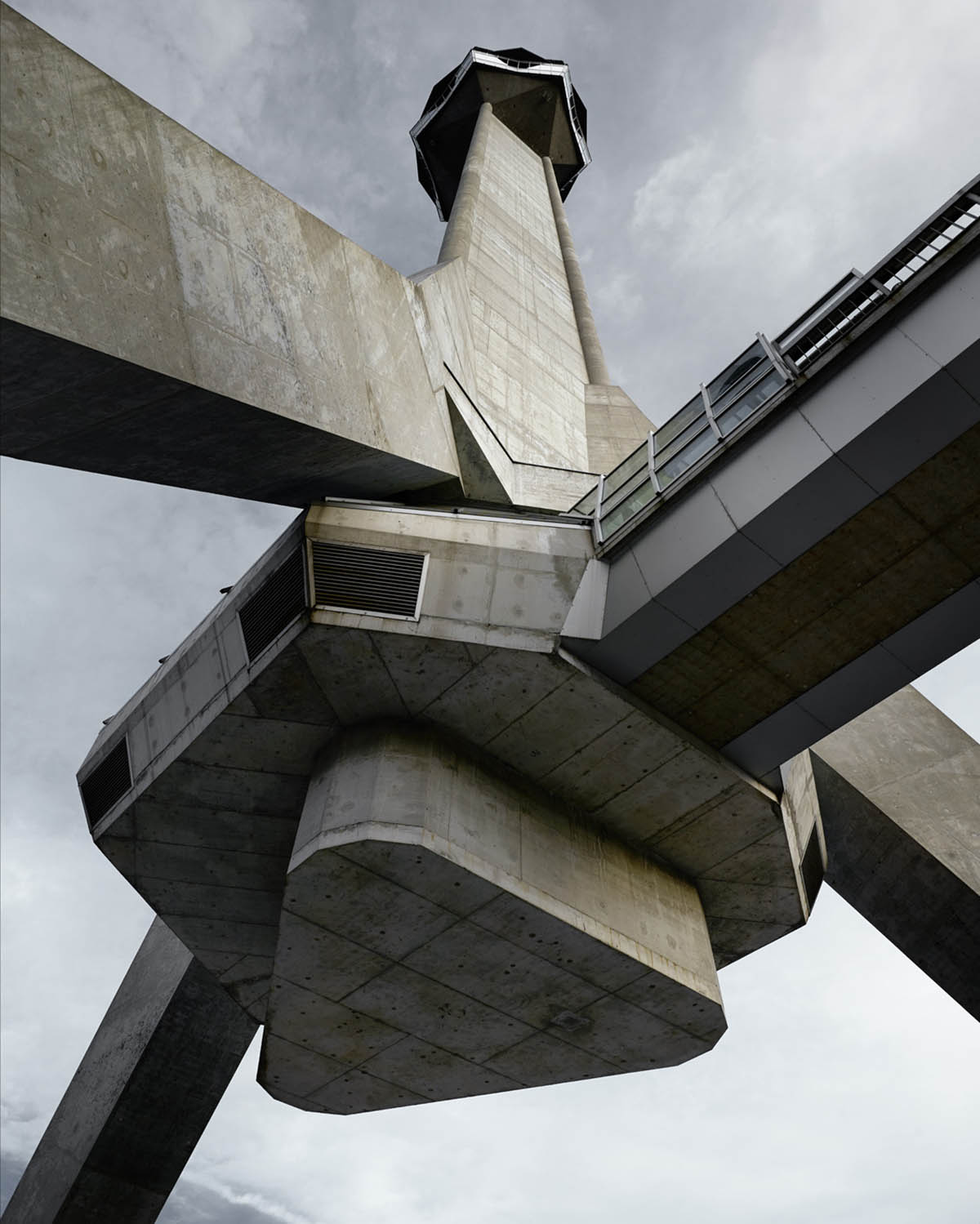
Uglješa Bogunović, Slobodan Janjić, and Milan Krstić. Avala TV Tower. 1960–65 (destroyed in 1999 and rebuilt in 2010). Mount Avala, near Belgrade, Serbia. Exterior view. Image © Valentin Jeck, commissioned by The Museum of Modern Art, 2016.
Featuring work by exceptional architects, including Bogdan Bogdanović, Juraj Neidhardt, Svetlana Kana Radević, Edvard Ravnikar, Vjenceslav Richter, and Milica Šterić, the exhibition examines the unique range of forms and modes of production in Yugoslav architecture and its distinct yet multifaceted character.
In addition to architectural work, Toward a Concrete Utopia also includes three video installations by renowned filmmaker Mila Turajlić, newly commissioned photographs by Valentin Jeck, and contemporary artworks by Jasmina Cibic and David Maljković.
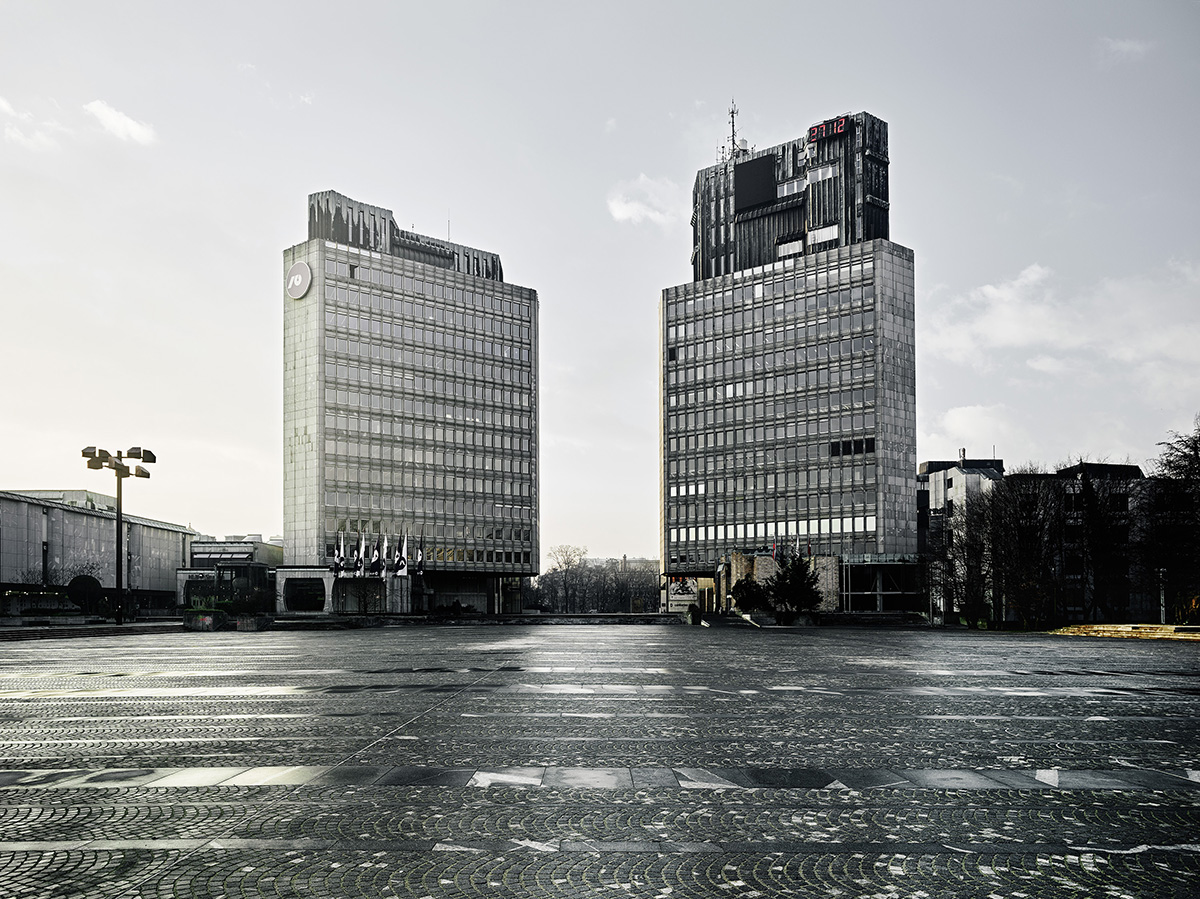
Edvard Ravnikar. Revolution Square (today Republic Square). 1960–74. Ljubljana, Slovenia. Image © Valentin Jeck, commissioned by The Museum of Modern Art, 2016.
"Historically speaking, a thorough investigation of the architectural production of socialist Yugoslavia will lead to a better understanding of an important but understudied chapter of architectural history in the bifurcated world order of the Cold War," said Martino Stierli.
"From a contemporary point of view, this body of work serves as a reminder that architecture can only thrive when there is a broad societal understanding of architecture’s power to transform and elevate society and the quality of life it offers citizens."
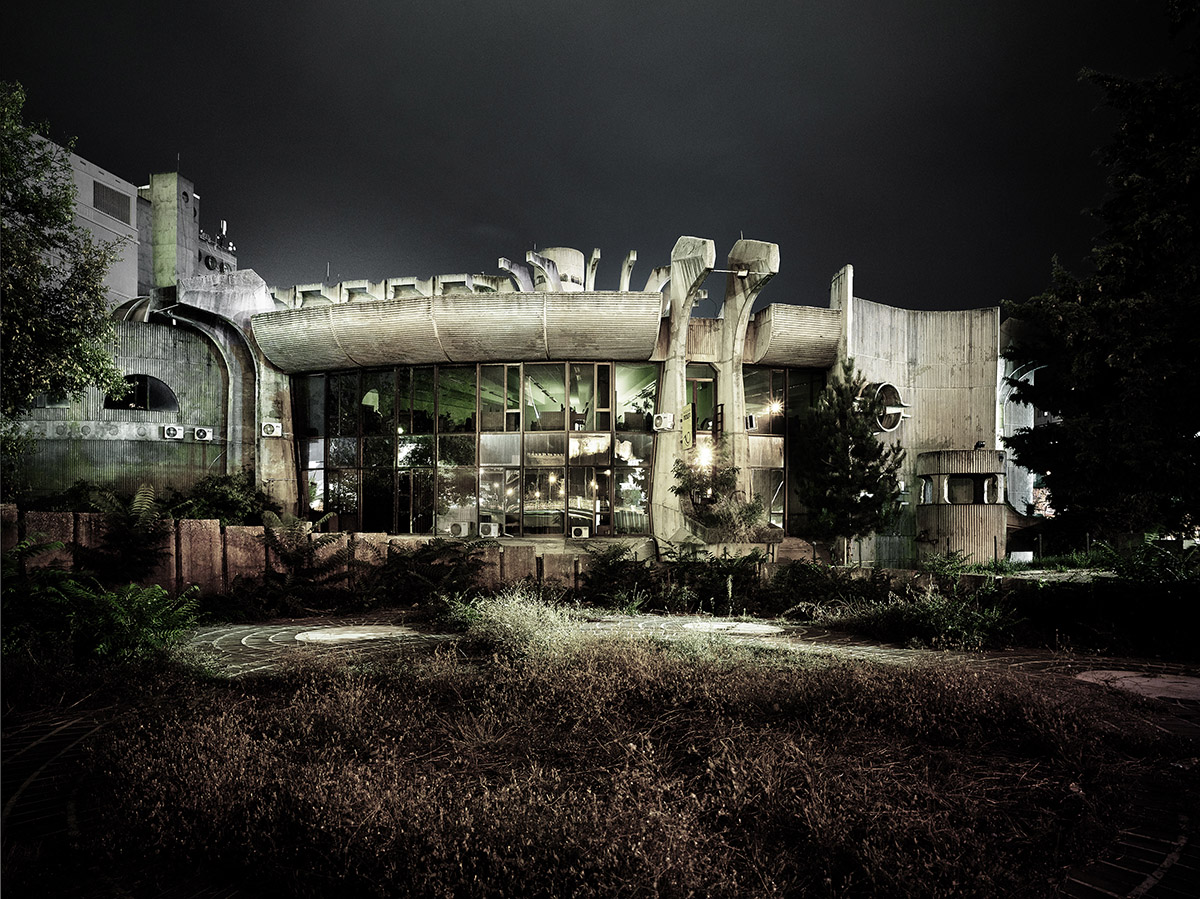
Janko Konstantinov. Telecommunications Center. 1968–81. Skopje, Macedonia. View of the Southwestern Block façade. Image © Valentin Jeck, commissioned by The Museum of Modern Art, 2016.
The exhibition focuses on the period of intense construction between Yugoslavia’s break with the Soviet bloc in 1948 and the death of the country’s longtime leader Josip Broz Tito in 1980, which coincided with the emergence of postmodernism in the region. Given the country’s diversity, Yugoslavia’s architects responded to contradictory demands and influences, developing a postwar architecture both in line with and distinct from the design approaches seen elsewhere in Europe and beyond.

Zlatko Ugljen. Šerefudin White Mosque. 1969–79. Visoko, Bosnia and Herzegovina. Interior view. Image © Valentin Jeck, commissioned by The Museum of Modern Art, 2016.
Situated between the capitalist West and the communist East, Yugoslavia circumvented the Cold War dichotomy, instead spearheading a “third way” through its leading role in the Non-Aligned Movement, an organization of countries formed in 1961 not formally aligned with and critical of any major power bloc.
Simultaneously, the government undertook rapid modernization at home with an array of building efforts that sought to grow the economy, improve the daily lives of Yugoslav citizens, and engage with the diverse cultures in the region.
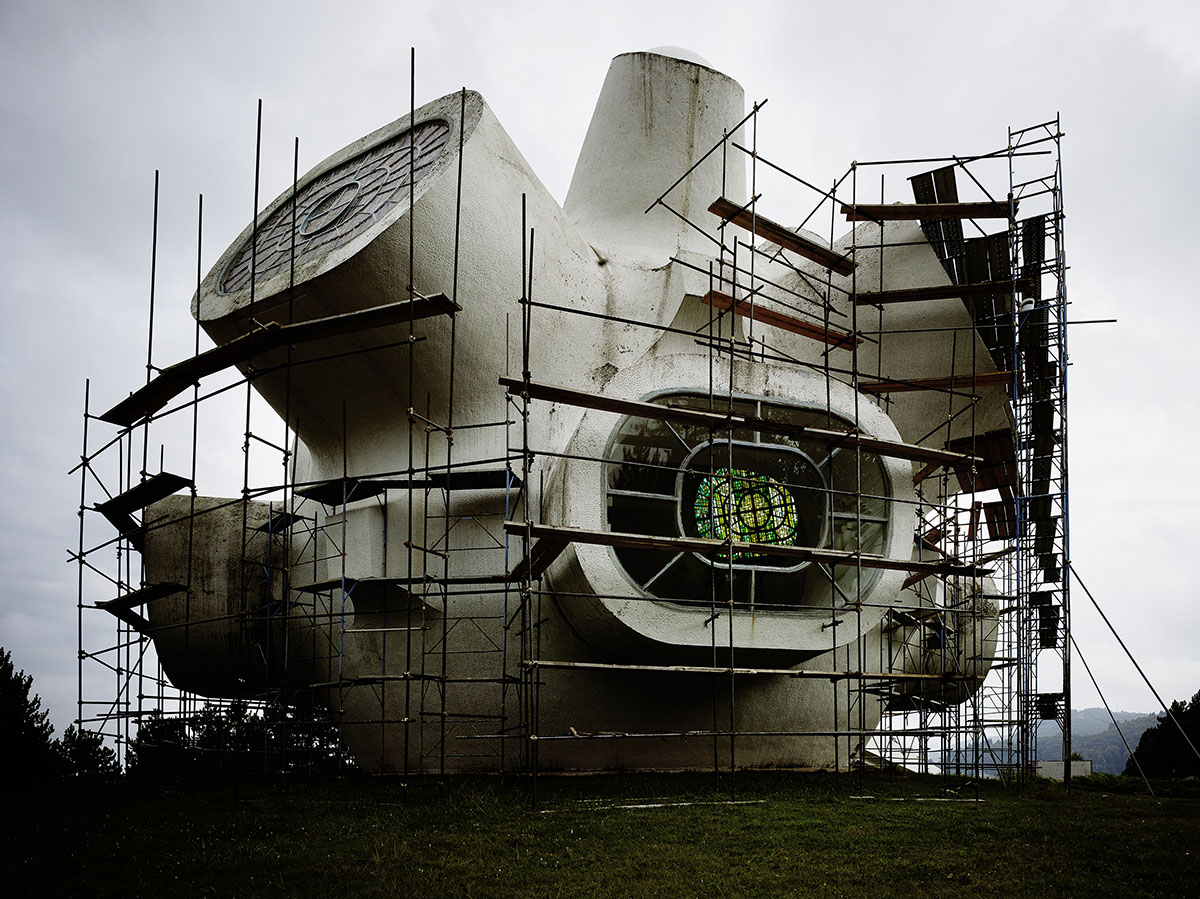
Jordan and Iskra Grabul. Monument to the Ilinden Uprising. 1970–73. Kruševo, Macedonia. Image © Valentin Jeck, commissioned by The Museum of Modern Art, 2016.
The state expanded these efforts beyond its borders, advancing urbanization and building projects throughout the developing world, notably in other Non-Aligned countries in Africa and the Middle East, where Yugoslavia cultivated political connections and construction contracts. The architecture that emerged— from International Style skyscrapers to Brutalist "social condensers"—is a manifestation of the radical pluralism, hybridity, and idealism that characterized the Yugoslav state itself.
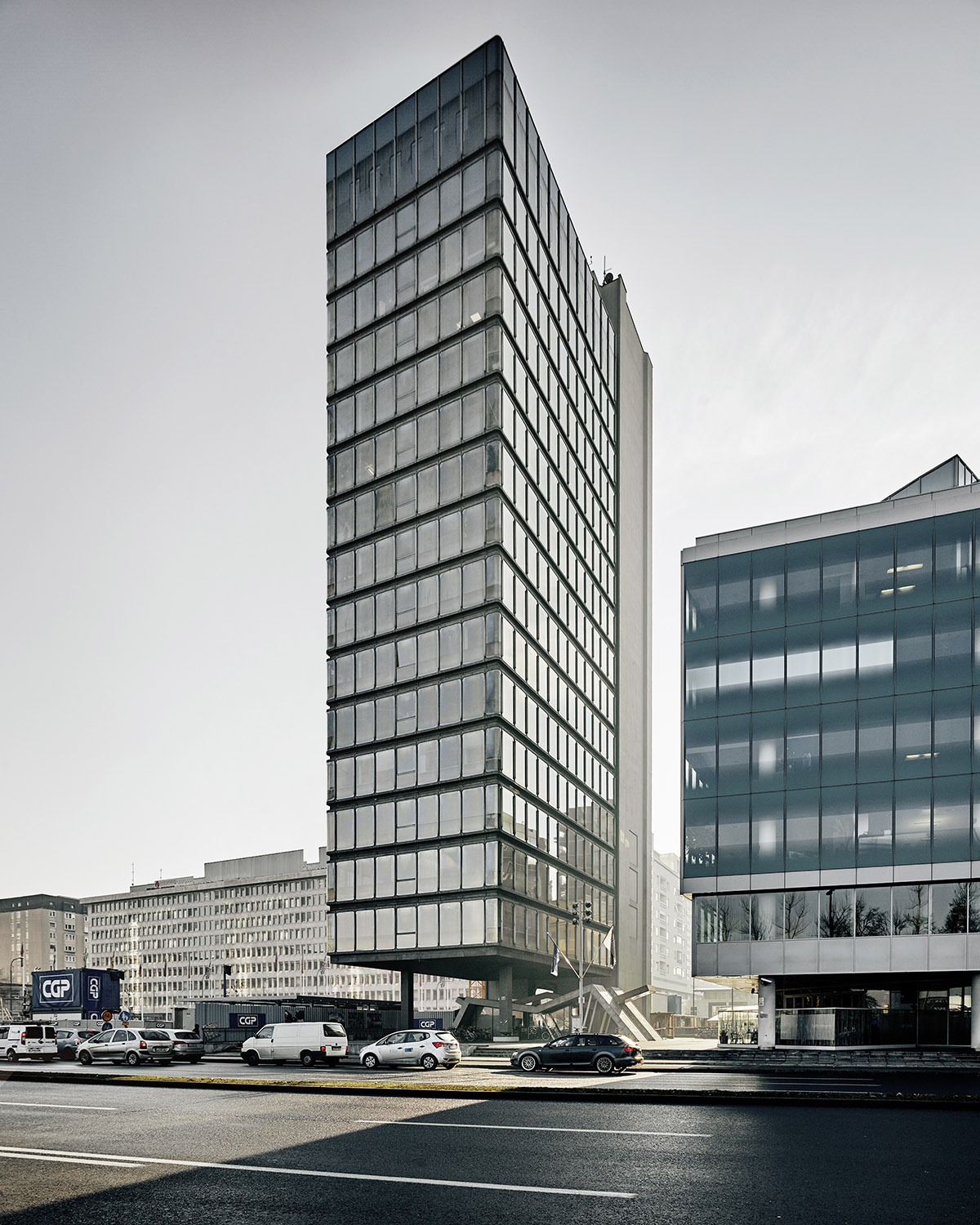
Milan Mihelič. S2 Office Tower. 1972–78. Ljubljana, Slovenia. Image © Valentin Jeck, commissioned by The Museum of Modern Art, 2016.
The exhibition is organized into four main sections, each of which addresses a specific aspect of Yugoslav architecture culture as a distinct arena of design and spatial production.
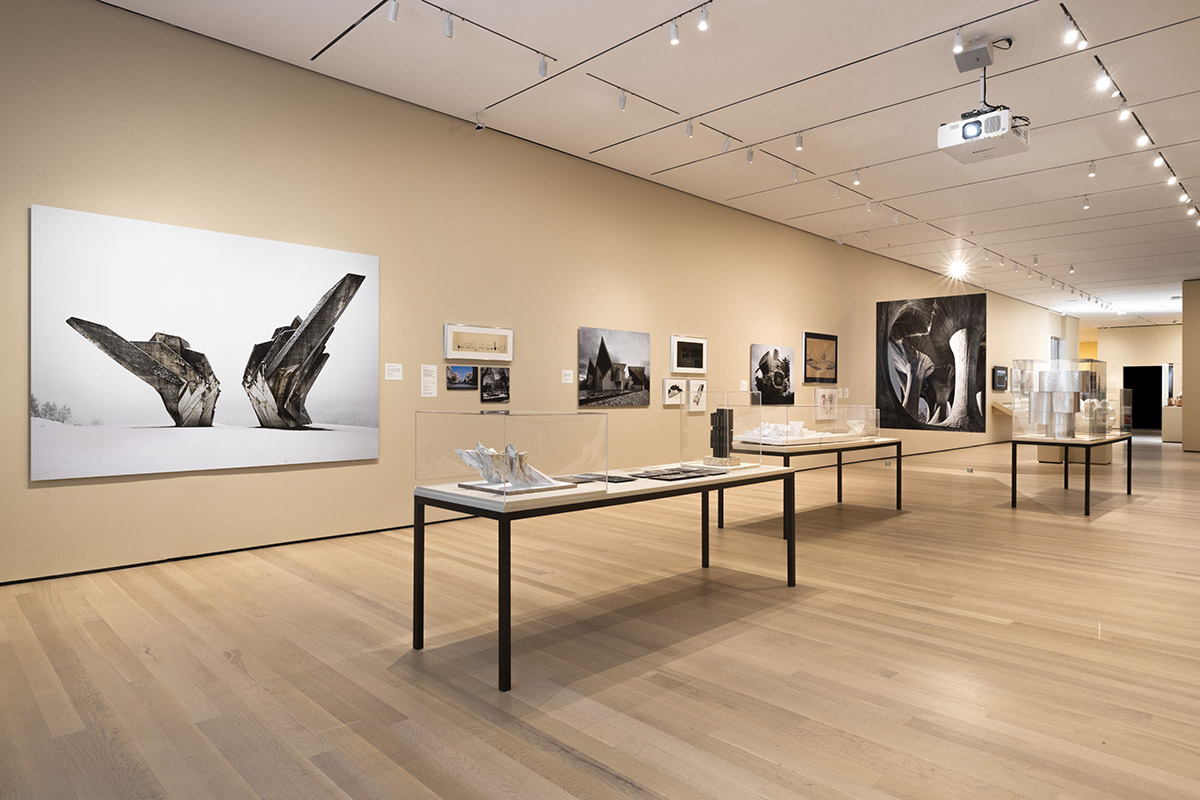
Installation view of Toward a Concrete Utopia: Architecture in Yugoslavia, 1948–1980, The Museum of Modern Art, New York, July 15, 2018–January 13, 2019. © 2018 The Museum of Modern Art. Image © Martin Seck.
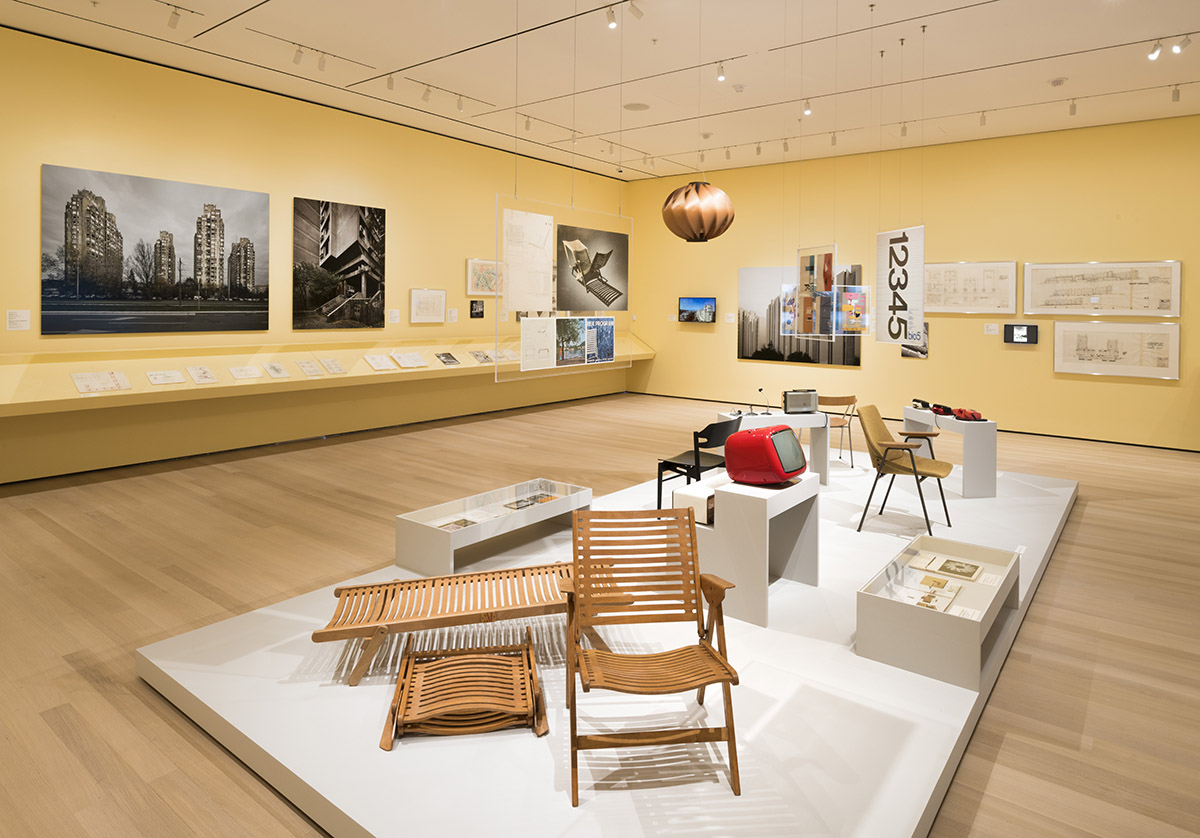
Installation view of Toward a Concrete Utopia: Architecture in Yugoslavia, 1948–1980, The Museum of Modern Art, New York, July 15, 2018–January 13, 2019. © 2018 The Museum of Modern Art. Image © Martin Seck.
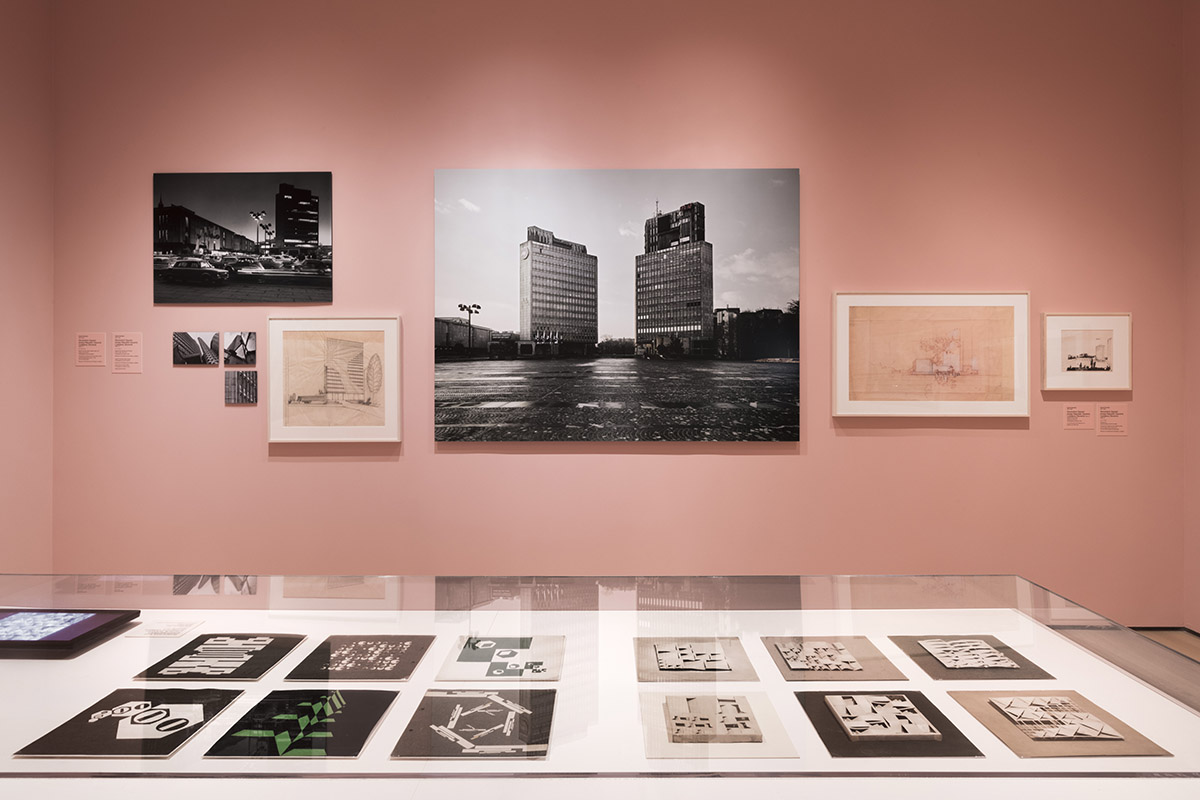
Installation view of Toward a Concrete Utopia: Architecture in Yugoslavia, 1948–1980, The Museum of Modern Art, New York, July 15, 2018–January 13, 2019. © 2018 The Museum of Modern Art. Image © Martin Seck.

Installation view of Toward a Concrete Utopia: Architecture in Yugoslavia, 1948–1980, The Museum of Modern Art, New York, July 15, 2018–January 13, 2019. © 2018 The Museum of Modern Art. Image © Martin Seck
Top image: Miodrag Živković. Monument to the Battle of the Sutjeska. 1965–71, Tjentište, Bosnia and Herzegovina. Image © Valentin Jeck, commissioned by The Museum of Modern Art, 2016.
> via MoMA
